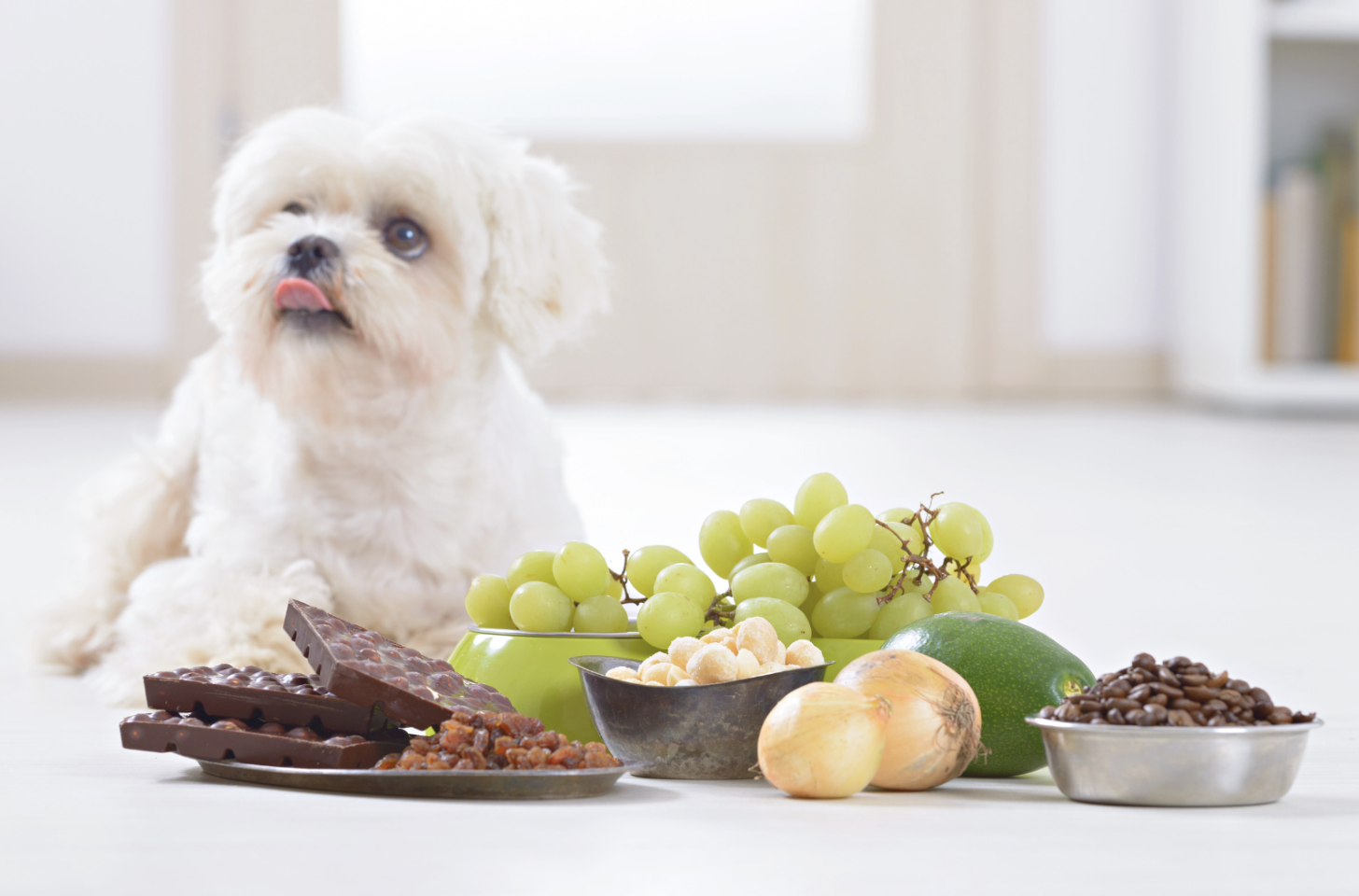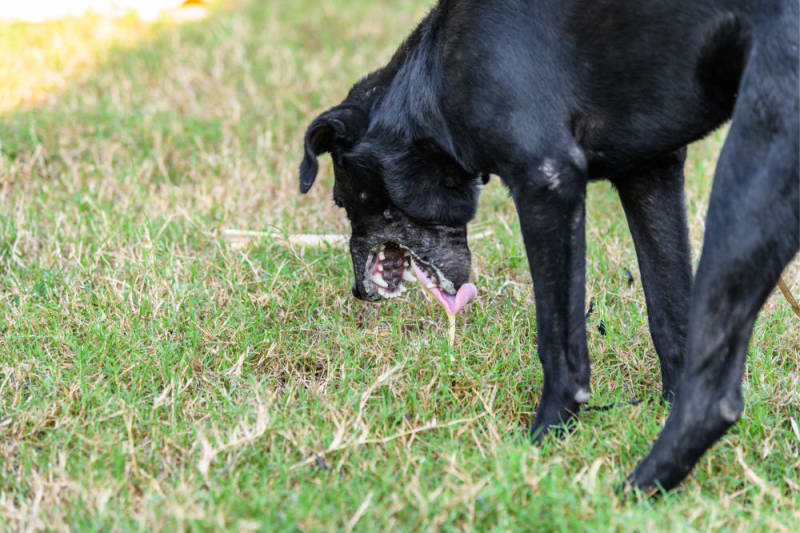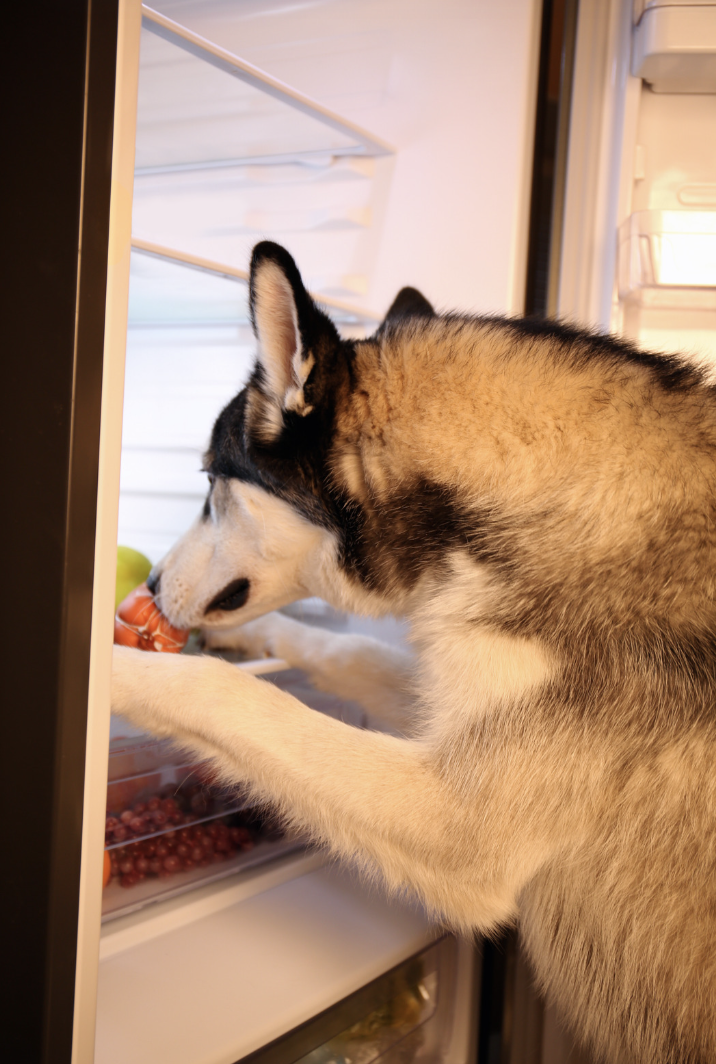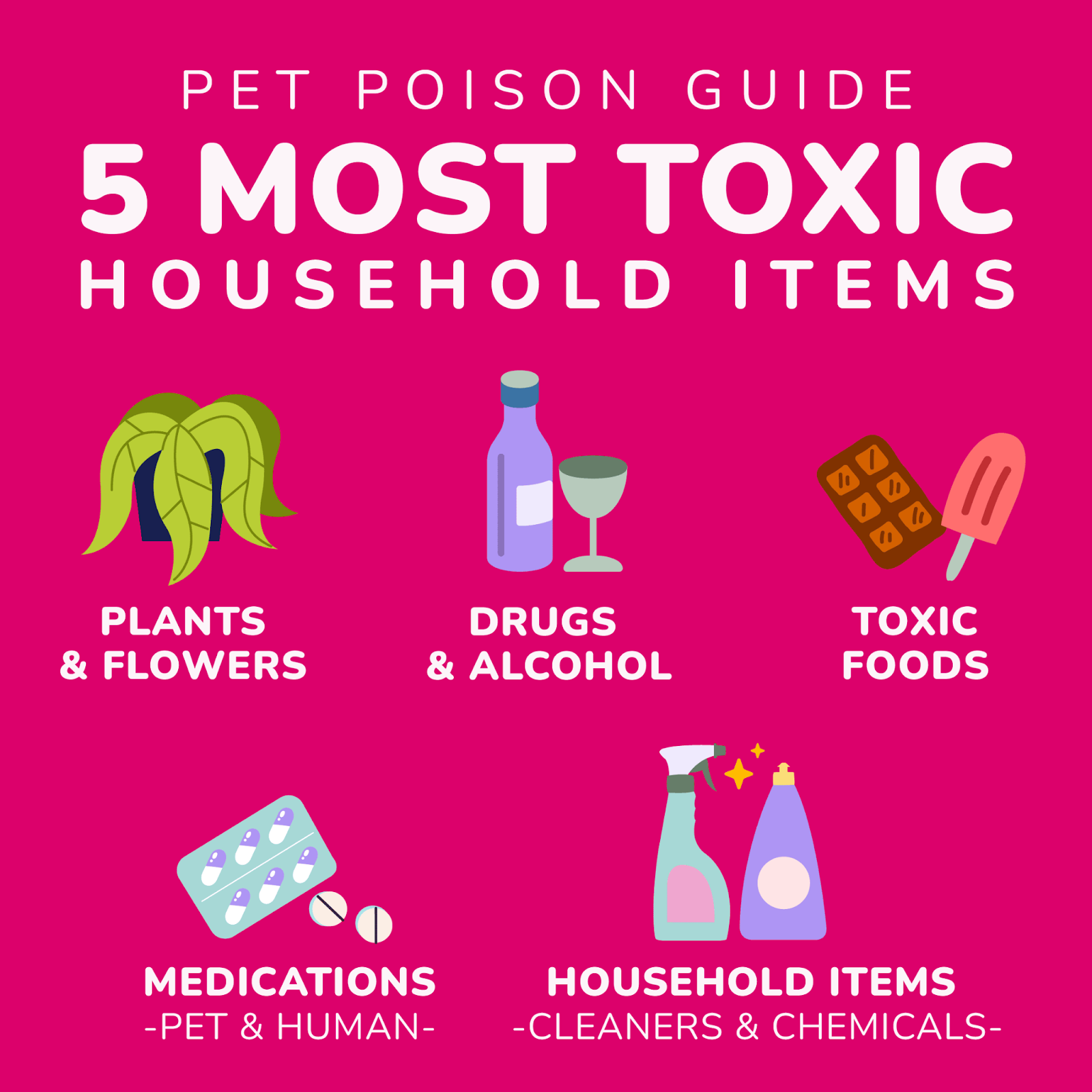


If your dog suddenly vomits, collapses, or seems disoriented, it could be a case of poisoning. Immediate action can save your dog’s life. This article equips every Hong Kong dog parent with essential first aid knowledge, from identifying common toxins to performing emergency care and long-term prevention. At Petsona, we not only support your dog’s health through personalized, science-backed meals but also aim to educate pet parents about holistic pet care.

Dogs are naturally curious creatures who explore the world with their mouths. Unfortunately, that means everyday household items,harmless to humans,can be extremely dangerous for them. Recognizing the top culprits and having an emergency plan in place is critical for every pet parent.

In Hong Kong homes, the following items are most commonly reported in dog poisoning cases:

Not all poisonings look the same. Here’s a quick reference table of symptoms to watch for:

Step 1: Stay calm. Panic can slow you down.
Step 2: Identify what was eaten and how much.
Step 3: Do NOT induce vomiting unless instructed by a vet,it can worsen some poisonings.
Step 4: Contact your vet or a 24-hour emergency clinic.
Step 5: If instructed, administer activated charcoal to reduce toxin absorption. Step 6: Safely transport your dog to the nearest vet immediately.
If your dog is showing severe symptoms (seizures, unconsciousness, labored breathing) or if the ingested substance is known to be highly toxic (e.g., rat poison, human medication), do not wait. Get to an emergency vet now. Time is critical,delayed treatment can result in permanent organ damage or death.
Store all chemicals, medications, food, and supplements in high or locked cabinets. Use clear labels and keep pet food separate from human food to avoid mix-ups.
Avoid letting your dog roam unsupervised. Pesticides, rat poison, or even toxic plants can pose serious risks. After walks, always check for any unusual behavior or residue on their fur or paws.

Teach cues like "leave it" or "drop it" as part of their obedience training. Positive reinforcement helps reduce the chances of accidental ingestion during walks or play.
List your vet’s number, poison control hotline, and emergency clinic nearby. Keep it in your phone and print a copy to store on your fridge.
Prevention is easier with the right nutrition. Petsona is the first in Hong Kong to use dehydration technology in daily dog food. By turning fresh ingredients into powder, we retain up to 90% of the nutritional value while improving shelf life. Certified by US AAFCO and EU FEDIAF standards, our easily digestible formula is perfect for daily feeding and absolutely DELICIOUS! A healthy, nourished dog is more resilient to environmental stressors,including toxins.

Dog poisoning incidents at home are more common than you might think, especially in densely populated Hong Kong households. This article outlines the most frequent toxic substances, from chocolate to cleaning agents, and highlights key symptoms such as vomiting, seizures, and lethargy. We cover the essential steps of emergency care,from evaluating the need to induce vomiting, administering activated charcoal, to immediate veterinary attention. Long-term prevention strategies include safe storage, proper supervision, and obedience training. With Petsona’s science-backed nutrition, dog parents can ensure their pet is not only well-fed but well-protected from health threats.
1. Should I make my dog vomit after eating something toxic?
Only a veterinarian should determine whether vomiting is safe. Some substances (like corrosive cleaners) can cause more damage when vomited. Always consult a professional before attempting this step.
2. Can activated charcoal be used at home for dog poisoning?
In some cases, yes,but only under veterinary guidance. Activated charcoal can bind toxins in the digestive system, but incorrect use may be ineffective or harmful. Always consult a vet first.